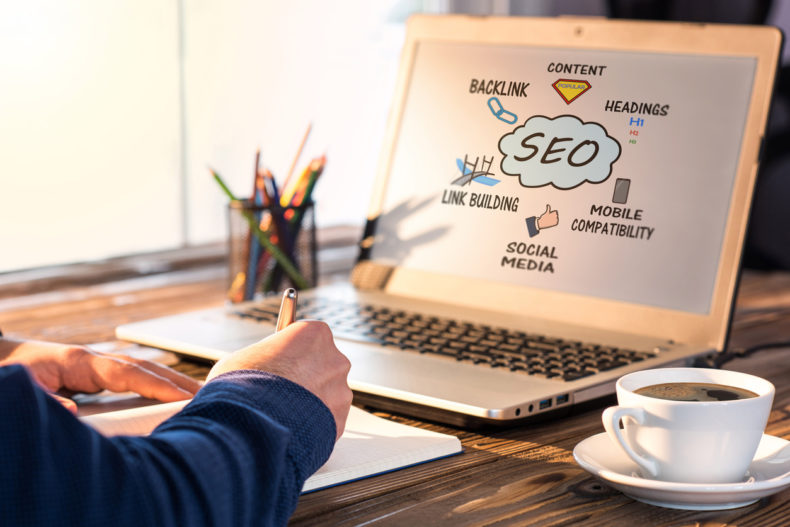
Do internal links – links on your site to its other pages – matter?
From a usability perspective, the answer is yes. People use internal links to navigate your site and get where they want to go. If they land on the wrong page at first, internal links can be more convenient than wandering through top-level navigation.
So, good internal linking can reduce your bounce rate. But can it do more?
Internal links are valuable for SEO:
- They pass “authority” from the linking page to the linked page.
- They guide visitors to the pages most likely to drive conversions.
- They direct users in what conversion actions you want them to take.
With all that in mind, internal linking strategies for SEO emerge:
Link to the Most Important Pages on Your Site from Multiple Sources
Marketers adopting the “pillar page” SEO tactic have the most to gain from making a major adjustment to their internal linking strategy. A pillar page serves as a comprehensive guide to a particular topic and often links to many sub-pages.
While getting every one of those long-tail sub-pages to rank is a long and challenging prospect, ranking your pillar page is much easier. Make sure you have contextual text links flowing from relevant pages of your site direct to your pillar page.
Link from “Traffic Champion” Pages to Targeted Internal Pages

No matter how comprehensive your SEO strategy might be, you’ll always end up with a handful of well-ranked, high-trafficked pages you never envisioned as key in your strategy.
These pages can add much more value to your SEO if you revise them so they are guiding users toward your high-converting pages – whether or not those conversion pages get much traffic.
In one deft move, your high-converting pages will have many more opportunities to produce business value. Over time, they’ll generally increase in search ranking, too.
Link in Ways that Prompt Site Visitors to Take Action
As a marketer, you already know that every page on your site should have a call to action.
You might not think much, however, about the fact that these are all internal links.
The simplest (and least effective) CTA links from the bottom of a page directly to a contact page. Ideally, however, every page should link to a targeted offer relevant to that particular content.
Once the best CTA for a given page has been determined, many marketers use in-line links all throughout the page so users can be called to action without scrolling all the way down.
Whether internal or external, links remain the currency of SEO. To make content count, ensure all of it is firmly enmeshed in a true “web” of convenient, contextual, SEO-friendly links.
